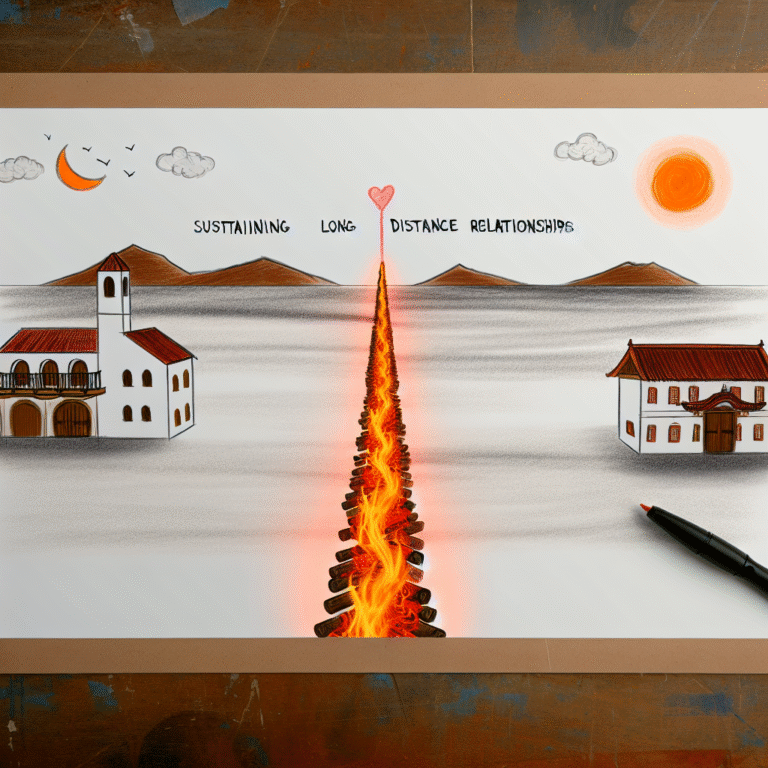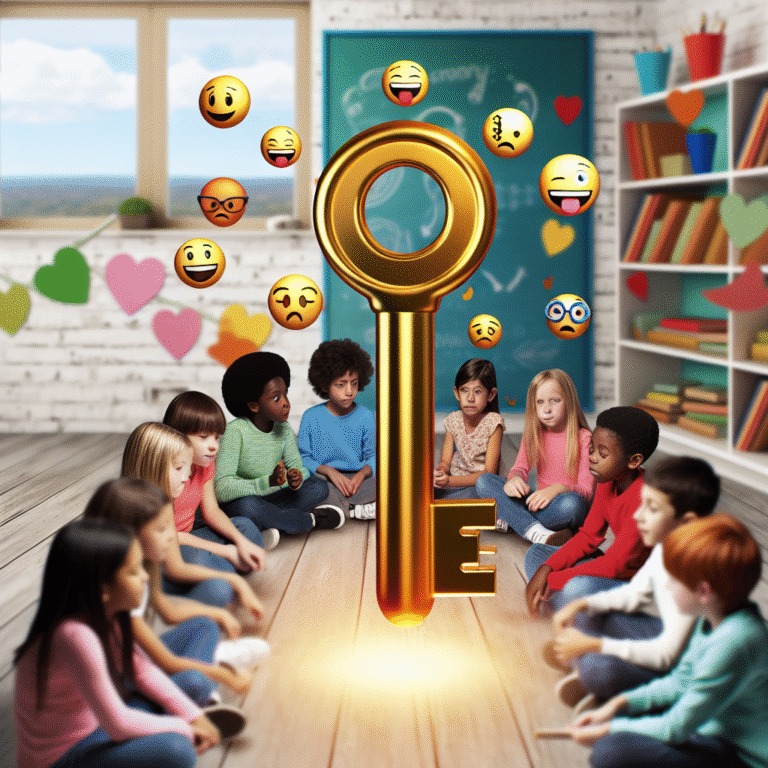
The Subtle Art of Gaslighting: Recognizing Emotional Manipulation for Empowerment
Introduction
In today’s world, the dynamics of personal relationships can be as complex as they are rewarding. However, emotional manipulation lurks in the shadows, often catching us off guard. One of the most insidious forms of emotional manipulation is gaslighting. This article delves into The Subtle Art of Gaslighting: Recognizing Emotional Manipulation, offering insights and tools to recognize—and combat—this troubling behavior. Understanding gaslighting is not just about survival; it’s about regaining your sense of agency and control over your own life.
Understanding Gaslighting
What is Gaslighting?
Gaslighting is a psychological manipulation technique that seeks to make an individual doubt their reality, memory, or perceptions. The term originates from the 1944 film Gaslight, where a husband manipulates his wife into believing she is going insane. Contemporary usage of the term encompasses various relational contexts, from romantic partnerships to workplace dynamics.
The Psychological Mechanism Behind Gaslighting
Gaslighting operates on a few key psychological principles:
- Denial: The gaslighter denies their actions, creating doubt and confusion in their victim.
- Manipulation of Evidence: The gaslighter may go so far as to alter physical evidence or take actions that will lead the victim to question their perception of reality.
- Emotional Exploitation: The gaslighter often preys on the emotional vulnerabilities of their victim, wielding their insecurities as tools for manipulation.
Recognizing the Signs of Gaslighting
Recognizing gaslighting is the first step toward liberation. Here are some clues to look out for:
1. Constant Doubt
Do you frequently second-guess your thoughts or feelings? A primary aim of gaslighting is to make the victim doubt their interpretations of events.
2. Escalating Conflict
Does your partner become overly defensive or hostile when you bring up a concern? This intimidation often serves to silence the victim’s voice.
Case Study: Sarah’s Awakening
Sarah, a 32-year-old professional, found herself increasingly anxious and disconnected from her self-identity. Her partner would regularly dismiss her feelings, denying previous conversations or insights she had shared. This led Sarah to question her own reliability in relationships, ultimately prompting her to seek counseling. Through therapy, she learned to recognize The Subtle Art of Gaslighting: Recognizing Emotional Manipulation in her relationship, which empowered her to reclaim her voice.
Analysis of Case Study: Sarah’s experience exemplifies how recognizing gaslighting can be the first step toward healing. Her journey reflects the importance of therapy in identifying emotional manipulation patterns.
Tools for Recognizing Gaslighting
1. Keep a Journal
Writing down your feelings, events, and interactions can help you solidify your reality. When you review your notes, patterns may emerge that highlight gaslighting behavior.
2. Establish a Support System
Seek friends or family members who can validate your experiences. Their perspectives can offer clarity and reduce feelings of isolation.
The Role of Trust in Relationships
In any healthy relationship, trust is foundational. Gaslighting erodes trust, creating a cycle of emotional distress. To re-establish trust, open dialogue and transparency are necessary.
Building Trust
- Open Communication: Encourage honest conversations about feelings and perceptions.
- Active Listening: Ensure that both parties feel heard and validated.
Navigating Guilt and Shame
Gaslighting often leads to guilt and shame, feelings that can be debilitating. It’s essential to understand that these feelings are tools of manipulation, not realities of your worth.
Self-Compassion Techniques
- Affirmations: Regularly reaffirm your worth and experiences.
- Mindfulness: Practice staying present to avoid dwelling on feelings of guilt or inadequacy.
Case Study: Mark’s Transformation
Mark, who had experienced gaslighting in the workplace from a controlling boss, fought feelings of inadequacy for years. After attending personal development workshops, he realized that his feelings were not reflections of his capabilities but rather consequences of his boss’s manipulation.
Analysis of Case Study: Mark’s transformation demonstrates that awareness and education about gaslighting can lead to empowerment in various settings, including professional environments.
The Societal Impact of Gaslighting
Gaslighting isn’t limited to individual relationships; it occurs within larger societal frameworks as well. Political and corporate entities often employ manipulative tactics that distort citizens’ realities.
Addressing Societal Gaslighting
- Media Literacy: Teach individuals to critically analyze news and information sources, promoting healthier consumption of information.
- Community Support Groups: Establishing forums can empower individuals to share experiences and learn from one another.
Conclusion
The journey of recognizing and combating gaslighting is rarely straightforward. However, by learning The Subtle Art of Gaslighting: Recognizing Emotional Manipulation, we arm ourselves with the knowledge to break free from manipulative cycles. Empower yourself with insights, and remember to lean on your support networks. You deserve healing, clarity, and authentic relationships.
FAQs
1. What should I do if I suspect I’m being gaslighted?
Trust your instincts. Keeping a journal, seeking support, and establishing boundaries are all effective steps.
2. Can gaslighting happen in friendships?
Absolutely. Emotional manipulation occurs in various types of relationships, including friendships and family ties.
3. How can I confront a gaslighter without escalating the situation?
Choose a neutral environment to discuss your feelings calmly. Use “I” statements to express your feelings without accusing them directly.
4. Is gaslighting always intentional?
While many gaslighters may not be aware of their actions, the impact remains harmful, regardless of intent.
5. Can I recover from the effects of gaslighting?
Yes! Recovery involves self-compassion, therapy, and rebuilding trust in yourself and others.
By understanding The Subtle Art of Gaslighting: Recognizing Emotional Manipulation, you take the first step toward reclaiming your reality and your power. Embrace this knowledge, and let it guide you toward fulfilling and authentic relationships.















